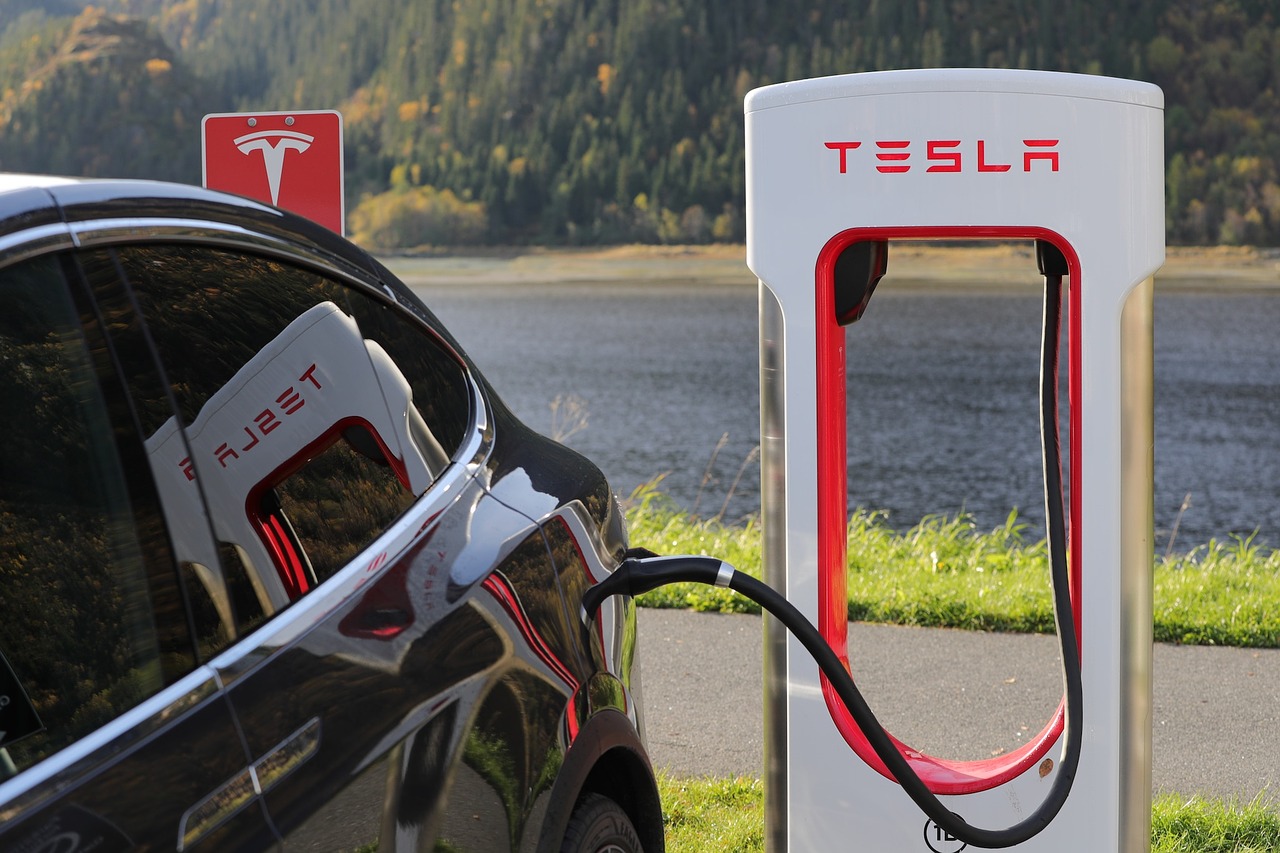EVs have a bright and exciting future.
With the UK government recently committing to reaching net-zero carbon emissions by 2050, policymakers, manufacturers and experts alike know that transitioning from polluting fossil-fuel vehicles to clean EVs will be key to achieving this ambitious objective.
The good news is that consumer demand for EVs is increasing rapidly, leading vehicle manufacturers to prioritise EVs as a growth market and build on their EV offering- BMW’s forecast of profits from EVs catching its traditional cars before 2025 being the latest example. As research and development into EVs is stepped-up, we will see a continued boost to EV performance and greater consumer confidence around the day-to-day viability of EV technology.
The EV industry has already come a long way, with manufacturers now producing vehicles that perform as well as petrol and diesel cars without the negative environmental impact. Wiebe Wakker’s 60,000 mile EV journey from the Netherlands to Australia is testament to this.
After three years travelling across 33 countries via a deliberately difficult route, Mr Wakker, founder of the “Plug Me In” expedition, finally achieved his goal – completing a “purpose-driven adventure with the aim to inspire, educate and accelerate the transition to a zero-carbon future”. His modified VW Golf, “Blue Bandit”, was used to travel more than 140 miles on a single charge, saving an estimated 12 tonnes of carbon dioxide as a result. This is evidence of how far EV technology has come and demonstrates how incredibly high-performing EVs can be. The technology is clearly maturing; we now need mass consumer adoption and the roll-out of the charging infrastructure necessary to enable the transition to EVs.
Indeed, in order for EVs to gain further traction, a widespread network of charging points in convenient locations are needed. This should present an appetising prospect for investors, landlords and developers as the opportunities are huge. Analysis suggests that around 100,000 charging points will be required to service the forecasted 1 million-plus EVs on UK roads by 2020. Whilst securing such a large charging network so rapidly will be a challenge, it is one that many actors from both the private and public sector are keen to take-up and we’re likely to see increasing collaboration between landowners, local authorities, developers and energy operators to provide electric vehicle charging infrastructure (EVCI).
The development of the forecourt EV charging model is a great example of this and has resulted in partnerships between landowners, developers, energy companies and even retailers. The participation of numerous stakeholders in such schemes means that the initial investment needed can be split between the parties to create mutually beneficial outcomes. As well as providing easily accessible sources of power to motorists, these also have potential for the co-location of clean energy projects – creating fresh financial benefits and also ensuring that the EVs charged are being powered by clean electricity.
Another charging model which is taking-off is so-called destination charging, where charging stations are fitted in leisure or office destinations to make it easy for drivers to charge their cars while they go about doing other things (such as shopping or working). This simultaneously benefits businesses in the immediate radius of the EVCI, which makes it likely that retail, leisure and office operators will increasingly seek to partner with developers and energy providers to deliver charging points. Such charging models will also see public-private partnerships to enable local authorities to deliver car park and on-street charging points in town centres. Such schemes demonstrate how local authorities will also play their part in the transformation of vehicle transportation and in achieving net-zero emissions.
With Wiebe Wakker and the “Plug Me In” campaign demonstrating the viability of EVs and consumer confidence in such vehicles consistently rising, it is clear that EVs represent the future of vehicle transportation. Investors ought to seize the business opportunities available on the charging infrastructure front and make the most of this rapidly growing market before it becomes crowded.
By Maria Connolly of TLT

Be the first to comment on "The evidence is in the 60,000 mile journey: EVs are the future"